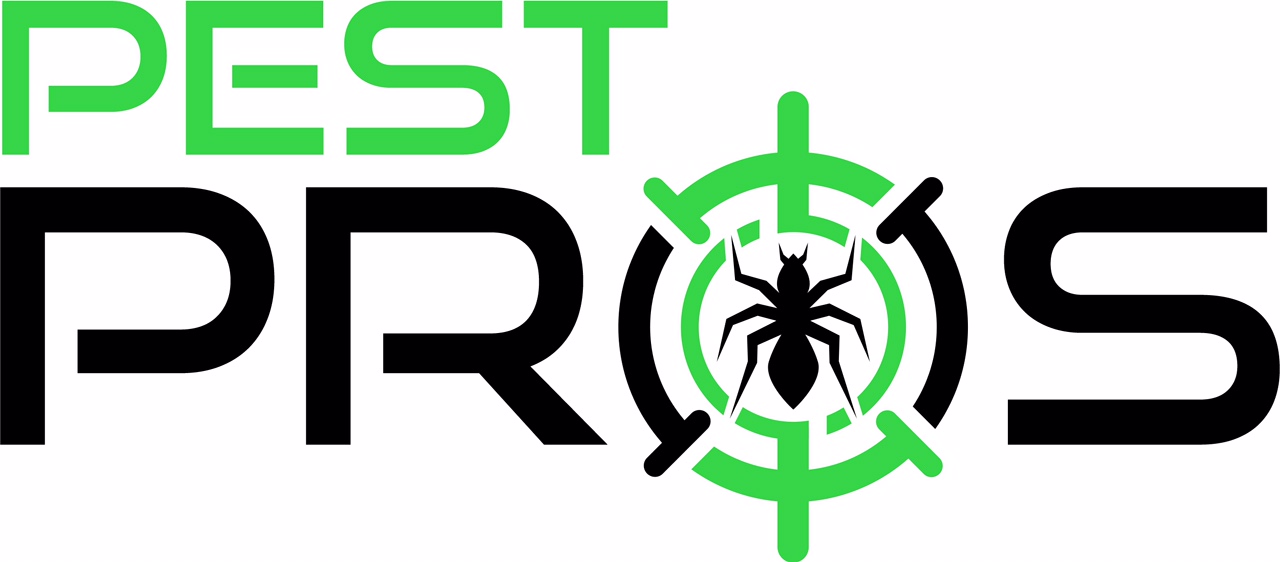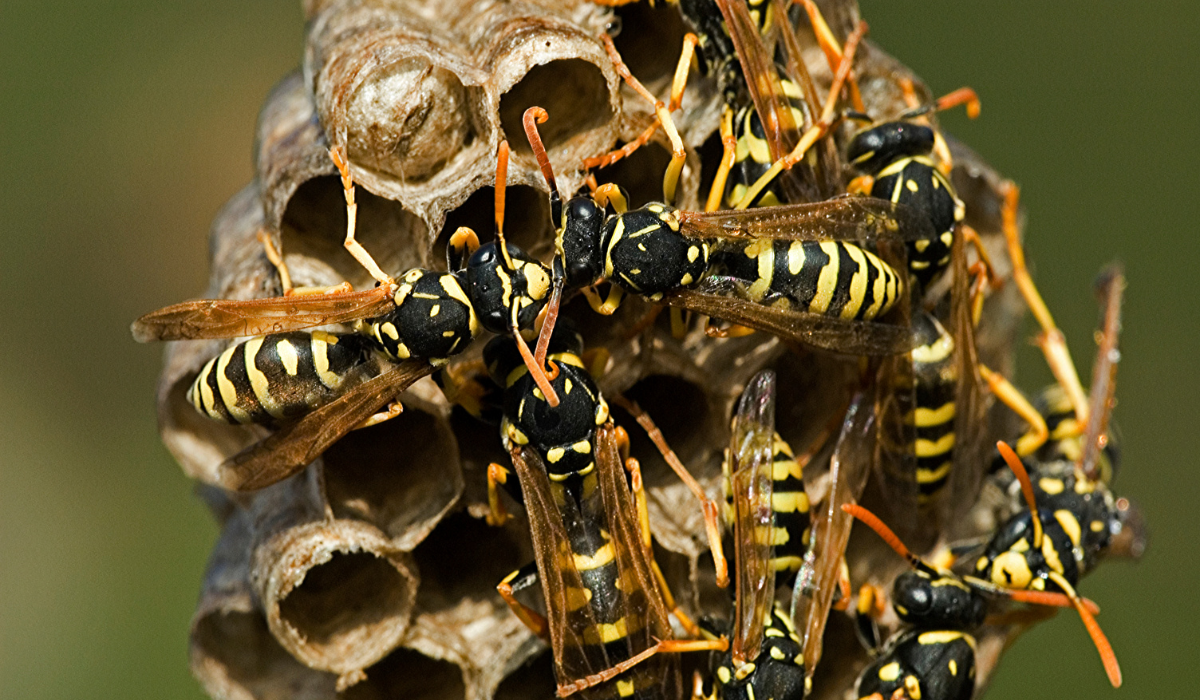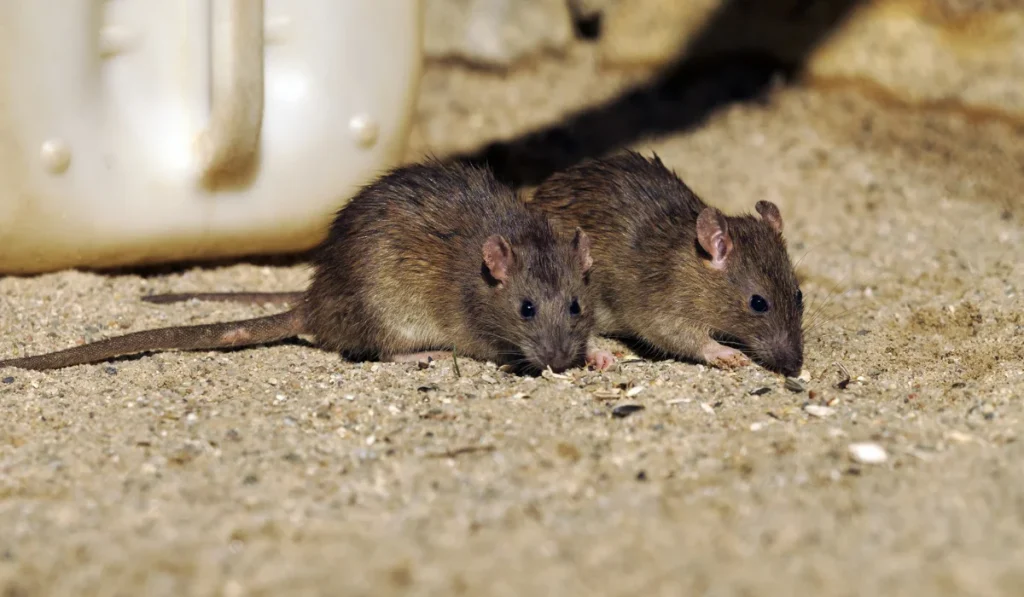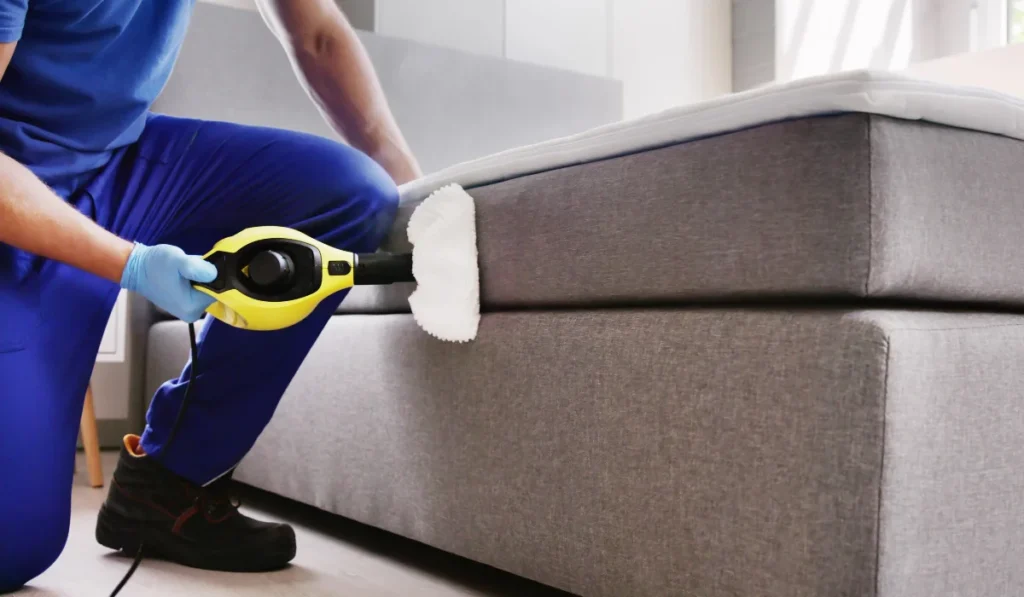Late summer in Michigan can be beautiful, until aggressive wasps start crashing your barbecues and buzzing around your eaves.
If you’ve noticed an uptick in wasp activity in August, you’re not imagining it. This time of year marks a critical phase in the wasp life cycle, and it brings out their more hostile behavior. Understanding why this happens can help you stay safer and manage the problem around your home.
Whether you live in Kalamazoo or Grand Rapids, here’s what you need to know about aggressive wasps in August and what you can do about them.
Key Takeaways
- Wasps become more aggressive in August due to food scarcity and colony changes.
- Late summer is when yellow jackets and bald-faced hornets are most active and defensive.
- Avoid swatting at wasps; they interpret it as a threat and may sting.
- Professional nest removal is safest, especially when nests are in wall voids or eaves.
What Happens to Wasps in Late Summer?
August is the turning point in the wasp season. During the summer months, worker wasps stay busy gathering protein-rich foods, like caterpillars, for their colony’s larvae. In return, the larvae secrete a sugary substance that the workers consume.
But by late summer, that dynamic shifts. The larvae mature, the queen stops laying eggs, and the workers lose their primary food source. That’s when wasps start scavenging for carbohydrates, often human food and sugary drinks.
As natural food sources dwindle, wasps become more aggressive around trash cans, picnics, and barbecues. They’re more than just a nuisance; they’re actively searching for food.
Why August Brings Out the Worst in Stinging Insects
Michigan is home to several species of stinging insects, including paper wasps, yellowjackets, and bald-faced hornets. Each plays a role in the ecosystem, but they can quickly become a problem near homes.
Paper wasps are less aggressive unless threatened, but yellow jackets and bald-faced hornets get defensive fast, especially in late summer.
Here’s why they act out in August:
- Protective instincts: As the colony prepares for the end of the season, wasps guard their nesting sites aggressively, especially as new queens emerge.
- Food competition: With fewer natural food sources available, they seek out sugary drinks and human food more boldly.
- Environmental stress: Hot, dry conditions and crowding in nests increase agitation.
Where Wasps Build Nests in August
By August, yellowjackets and hornets have well-established nests. These nests may be in wall voids, eaves, garages, or even underground.
Yellowjacket nests can grow to the size of a basketball and contain thousands of worker wasps. Hornet nests are often aerial, shaped like large gray footballs, and found in trees or on buildings.
Expect more wasps near:
- Decks and patios
- Trash cans and recycling bins
- Attics or wall voids
- Eaves and soffits
If you see increased wasp traffic in one area, you’re likely close to a nest.
Why Swatting Makes It Worse
If a wasp gets too close, your first instinct might be to swat it. But swatting is one of the worst things you can do.
Wasps interpret sudden movements as a threat. When you swat, you risk alerting the rest of the colony. Some species release alarm pheromones that draw others in to defend the nest.
Instead, stay calm, move slowly, and avoid wearing sweet-smelling lotions or bright colors outdoors during late summer.
How to Handle a Wasp Nest Safely
Removing a wasp nest in August isn’t a simple task. The colony is large, and the wasps are more aggressive. Here’s what to keep in mind:
- Never attempt nest removal during the day. Wasps stay most active during daylight hours. If you must inspect the area, wait until early morning or after dark.
- Avoid disturbing wall voids or garages without knowing what’s inside. Wasps inside walls can find their way indoors if disturbed.
- Don’t block entrances. Wasps may chew new exits through drywall or siding if their current path is blocked.
If you find a wasp nest in your Kalamazoo or Grand Rapids home, call a local pest control company. At Pest Pros of Michigan, we specialize in safe, targeted nest removal that protects your family without unnecessary disruption.
Wasps and the Early Fall Transition
By early fall, colonies begin to collapse. Most worker wasps die off, and new queens leave the nest to find shelter for hibernation. The aggression continues through this transition as they search for last-minute food.
If you’ve noticed aggressive wasps hanging around in September, they’re likely hungry, aimless workers from dying colonies. While the season is winding down, stings can still happen, and they often do.
Should You Worry About One Wasp?
Not always. A single paper wasp flying by might just be passing through. But if you consistently see wasps around your eaves, trash cans, or landscaping, it’s worth investigating.
Remember, yellowjackets and bald-faced hornets are social stinging insects. If you see one, there are likely many more nearby.
Final Thoughts for Michigan Homeowners
Aggressive wasps in August are no joke. They’re defending their nests, competing for food, and are more likely to sting than earlier in the season. While you can take steps to avoid attracting them, the safest approach for dealing with active nests is to call in a pest control professional.
If you’re seeing more wasps around your Kalamazoo or Grand Rapids home this August, Pest Pros of Michigan can help assess the situation and remove nests safely.
Give us a call, and our team will respond quickly. We know what to look for, where they hide, and how to handle even the worst infestations.
FAQs
Why are wasps more aggressive in late summer?
In late summer, food becomes scarce, and things change in the colony. Worker wasps, no longer receiving food from larvae, turn to human sources, which makes them bolder and more defensive.
What types of wasps are most aggressive in Michigan?
Yellow jackets and bald-faced hornets are the most aggressive wasps in Michigan. They defend their nests aggressively, especially in August and early fall.
Should I remove a wasp nest myself?
It’s not recommended. Wasp nests in late summer are at their peak size and aggression. Removing one without proper protection can lead to multiple stings. Call a pest control company instead.



